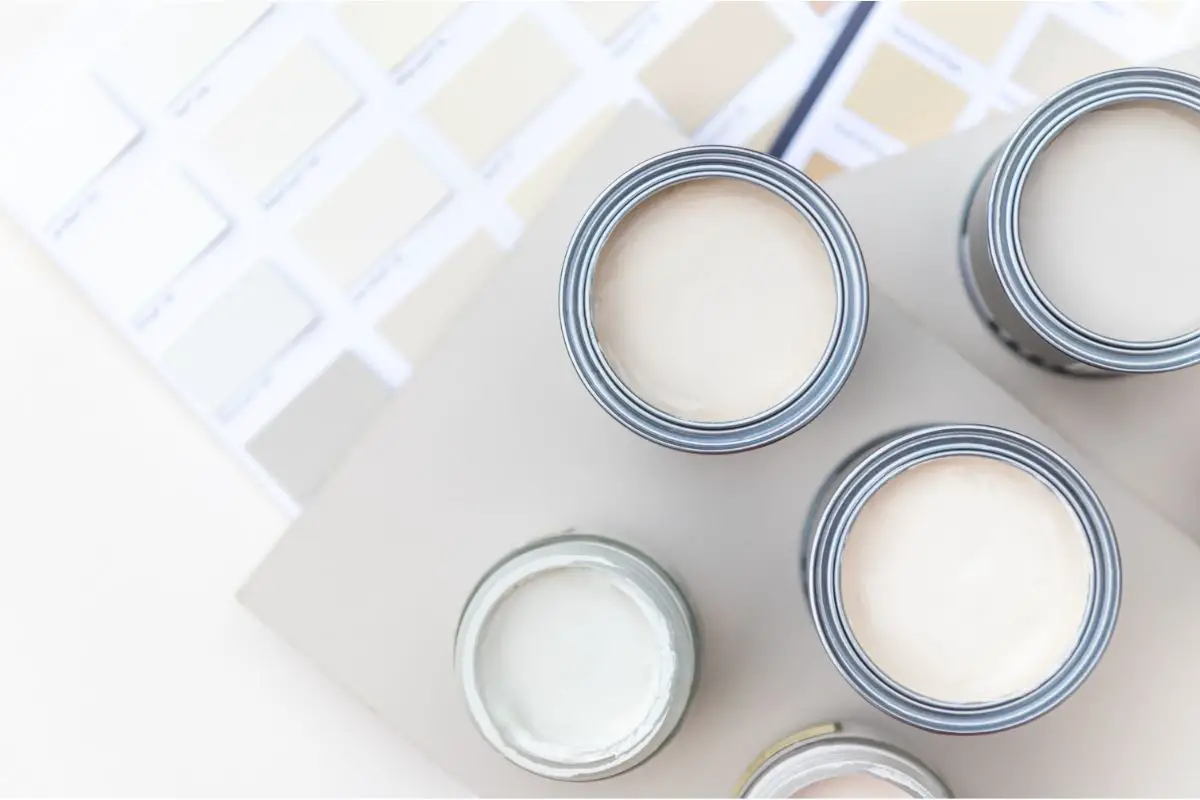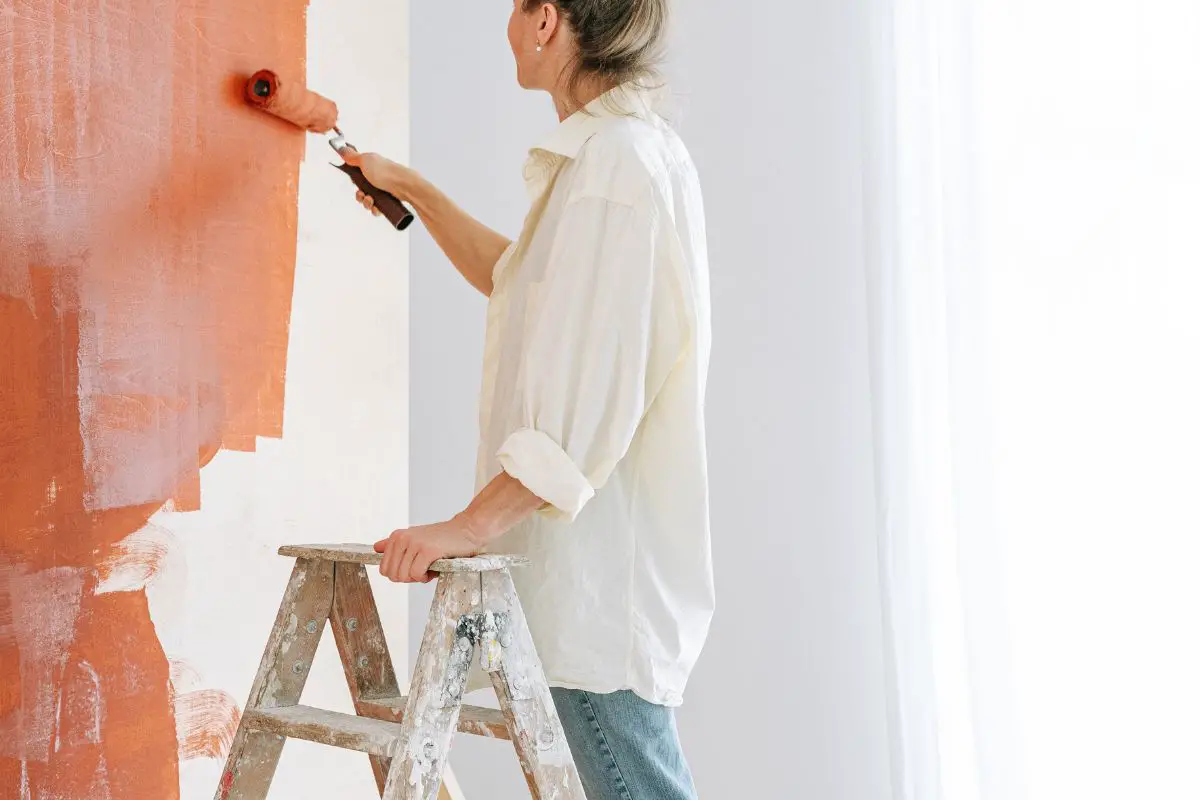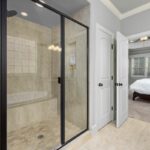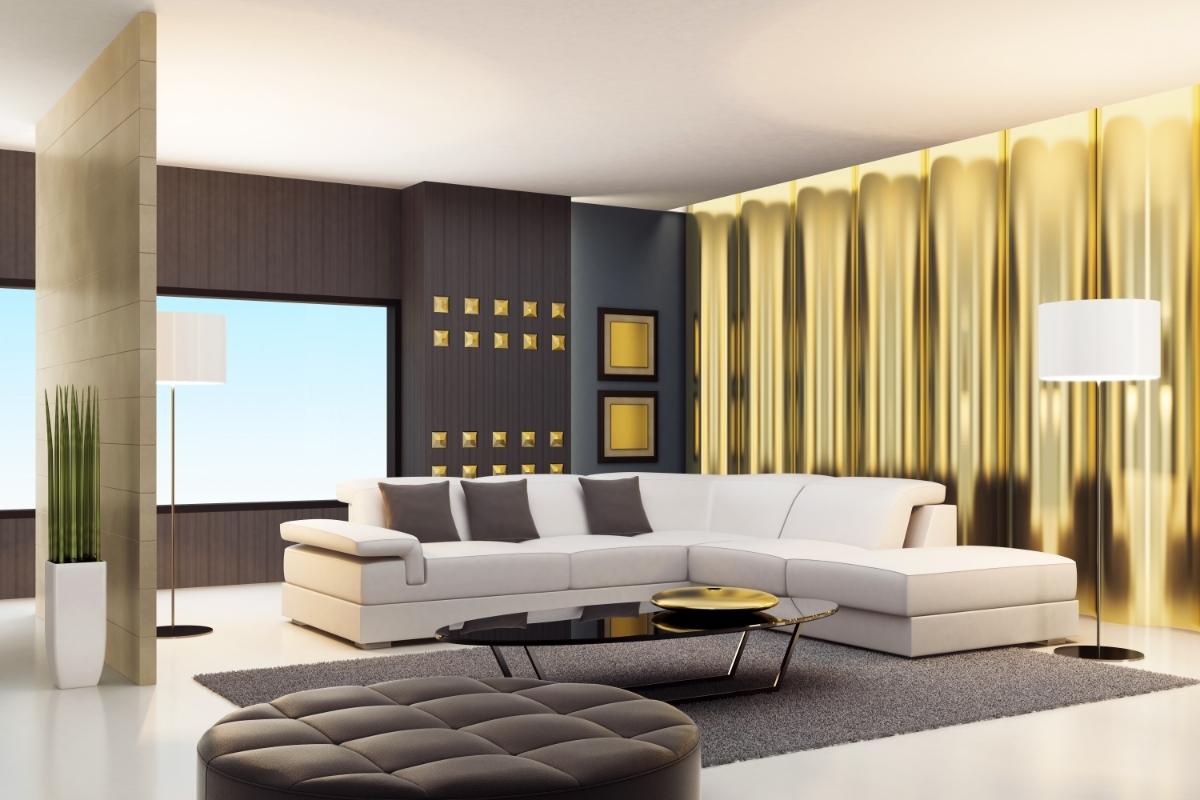It is finally time to tackle that old paint. You are tired of looking at the discolored, old paint that is now peeling off the walls and is in need of something bright and fresh to complete the room.
When it comes to pain, you are most likely going to be stuck between two finishes- satin or gloss. You may think you can select either and get a nice finish but this may not be the case.

Satin and gloss provide different finishes and should be used for different projects.
In this article, we discuss the difference between satin and gloss paint. From the finishes they provide to the projects they should be used for, you will select the perfect paint to give you a professional finish.
What Is Satin Paint?
Satin paint provides a finish with a small sheen. It is mostly matte with a small reflection of light that allows the room to seem brighter and more open.
If you notice any light reflecting off the finish at all, it often barely registers. The number of binders in a paint often controls its sheen, and less reflective paints have lower binder to pigment ratios.
Both oil-based and water-based satin paints are available. In general, oil-based paints provide higher coverage and harden more quickly.
The drawbacks are that they have a stronger odor and age more quickly than their water-based cousins.
As previously indicated, water-based paints do not yellow as quickly (particularly with white paint) and have far lower levels of VOCs.
Where Should Satin Paint Be Used?
Satin paint is extremely durable and long lasting making it an excellent choice for a number of jobs.
It is commonly used on the walls of bathrooms and kitchens as it can withstand intense cleaning and the bumps from everyday use.
This finish of paint is also brilliant for wooden trim that is found around the doors, frames. And skirting boards. because of the sheen’s conjunction with durability.
A satin paint can give your home’s interior design elements—like a picture rail—a distinctive and modern appearance if you want to highlight them.
Satin paint can also be used on various surfaces including wood, metal, plastic, concrete, cladding, and metal. Making it an excellent choice for a number of your DIY projects.
You can even use satin paint to give your radiator a new lease of life!
Benefits Of Satin Paint
No matter the project, satin paint comes with a whole host of benefits. At the top of the list is the smooth-feeling it will give to any surface it is used on.
There is no residue meaning that you can run your hands along it with satisfaction. Perfect if you have little ones that need to touch every surface they pass.
Another benefit is durability. Satin paint is popular as it can withstand the everyday wear and tear.
In the event that there are marks on the paint, use a milk detergent solution and gently rub the area to give it a refresh.
The ability of a satin finish to conceal flaws is one of its additional advantages. Small scratches and dents are less obvious because it doesn’t reflect light as strongly as gloss paint.
Although it doesn’t totally conceal minor damage, it does so better than choices with more gloss.
One last benefit of satin paint is its color. Due to its less intense shine, satin paint is more true to color. You easily select your favorite color of satin paint knowing it will look like it does on the can.
Cons Of Satin Paint
While there are a number of excellent benefits of using satin paint, there are also some drawbacks to be considered.
The main drawback of satin paint is that it does not have the ability to blend. Once the job is finished you cannot go back and do small touch ups as they will stand out. You will need to repaint the entire surface.
If you apply coats of satin paint unevenly, you may also experience problems. If you’re a novice or sloppy painter, the difference may not be the best finish because it can be noticeable.
The important thing when using satin paint is to be careful!

What Is Gloss Paint?
In essence, gloss paint has a high paint shine level. This implies that it bounces or reflects light around a space, which helps elongate smaller spaces.
It is ideal for hallways and as a paint finish for trim and all types of woodwork since it is resistant to scuffs and scrapes and is also easier to clean than other finishes, such as matte paint.
Gloss paint has a high reflection ratio and is excellent for making smaller rooms seem bigger.
However, they can be highly distracting when used on every surface of the home. Opt for a feature wall of gloss paint for a professional finish.
Where Should Gloss Paint Be Used?
Gloss paints may not be appropriate for many applications within a building due to the high amounts of reflection they offer, as was previously indicated.
With one exception, smaller parts of a building are often painted with gloss paints rather than the walls and ceilings.
Gloss paint is an awesome choice when it comes to kitchen and bathrooms. Bathrooms often lack light and a gloss paint can help bring some light back into the darkened space.
They are also great for smaller elements such as door and window frames, skirting boards, and borders. A modest reflective feature can create a lovely contrast with more muted walls.
Doors and window sills, which are likely to see more touch and movement than other surfaces, will benefit from the durability as well.
Another surface that gloss paints bring to life is cars. Numerous cars are renowned for having superb shining appearances because of the usage of glossing paints.
Spray painting is a typical method for painting cars, and there are specialty gloss spray alternatives available.
You can also use gloss paint for exterior features. Outdoor furniture, sheds, metals surfaces such as gates and garage doors all work perfectly with gloss finish paints.
Benefits Of Gloss Paint
You normally receive a highly resilient, readily washable surface with a gloss finish. In many cases, it also has moisture resistance in addition to stain resistance.
Due to their ability to reflect light, glossy surfaces also aid in bringing light into darkened areas. With almost any light source present, they may use this to substantially brighten dark spaces or corners.
Another benefit is the ability to use it outdoors. Gloss paint holds up well against moisture making it excellent for exterior surfaces such as garage doors, sheds, and gutters.
You can have your outdoor surfaces looking fresh no matter the weather.
Cons Of Gloss Paint
One of the main drawbacks with using gloss paint is that it is not the best at hiding imperfections.
Before applying gloss paint you must prep the surface thoroughly. It must be smooth and clean before any gloss paint is applied.
Another disadvantage of using gloss paint is that it reflects the light much more than a satin finish, meaning the color can change depending on the light.
The color of paint may appear warmer or cooler than when initially applied which is not enjoyed by many decorators.
Differences: Satin Vs Gloss Paint
When it comes to differentiating between satin and gloss paint, the sheen is the biggest tell.
Satin paints have a slight reflection which gives it some life, whereas gloss paint has an extremely reflective finish that will catch any light in the area.
Another big difference is the durability of each finish. Both types of paint are great in high traffic areas.
However, when it comes to bathrooms and kitchens, a gloss paint comes out on top. It deals with moisture and can be cleaned easily.
On the other hand, a satin paint is a lot better at hiding imperfections. If the wall is slightly textured a gloss paint will only highlight those details.
A satin paint is a little more forgiving. Although, you do have to have a good hand when using satin paint as any uneven patches of paint will show.
One thing that gloss does have over satin paint is the ability to be used on exterior surfaces.
Gloss is excellent for outdoor furniture, garage doors, gates, and other surfaces you want to have a nice glossy sheen. Satin, however, does not do well in the rain and would require frequent touch ups to keep it looking fresh.
What Paint Should I Use?
When it comes to selecting gloss or satin, the main indicator is personal preference. And what type of finish you are looking for.
Satin paint offers just a slight sheen, so slight that it can look practically matte in certain areas. Gloss will shine all day long.
Even though satin is often more durable than gloss, it nevertheless holds up well to use and abuse. As a result, they are very similar.
On woodwork and furniture, satin, on the other hand, often seems less vivid and offers a more true-to-life color experience because it is less affected by reflected light.
Gloss can be great for front doors, moldings, and accent pieces since it reflects light and highlights special aspects of a space or a piece of furniture.
At the end of the day, the choice is complete on your own. But make sure to consider all of the benefits and drawbacks of each finish before you go ahead and purchase gallons of paint.
Your project and bank account will only thank you for it!
- Benjamin Moore Palladian Blue Paint: A Color Review - September 5, 2023
- 10 Of The Prettiest Interior Door Colors - August 29, 2023
- Hale Navy: The Best Navy Paint Color - August 22, 2023

![How To Design A Room Like An Interior Designer [Step By Step] ow To Design A Room Like An Interior Designer [Step By Step]](https://alexanderandpearl.co.uk/wp-content/uploads/2022/02/How-Much-Does-A-Pop-Up-Camper-Weigh-33.jpg)






